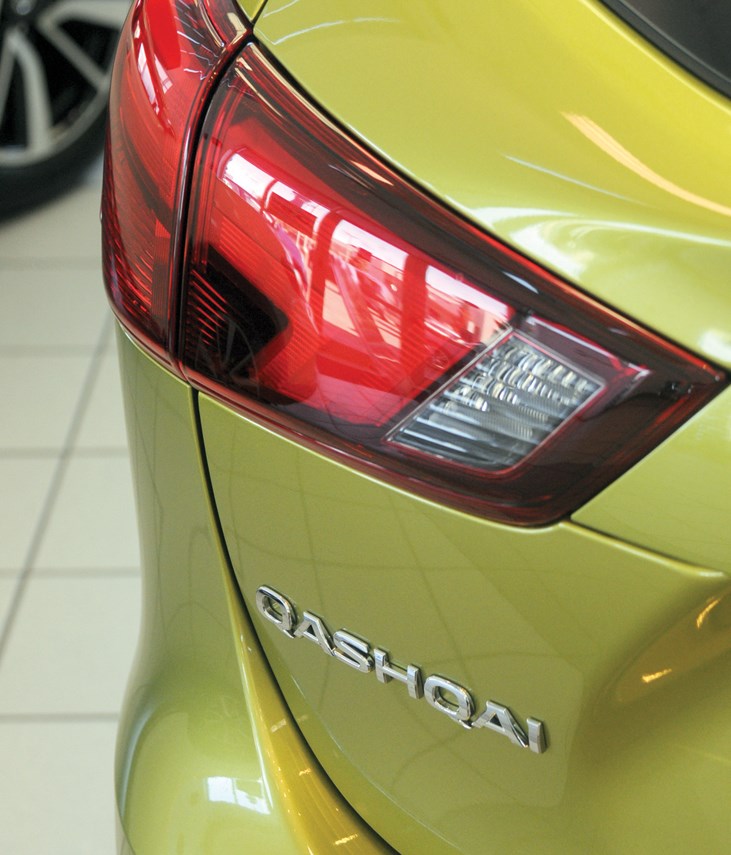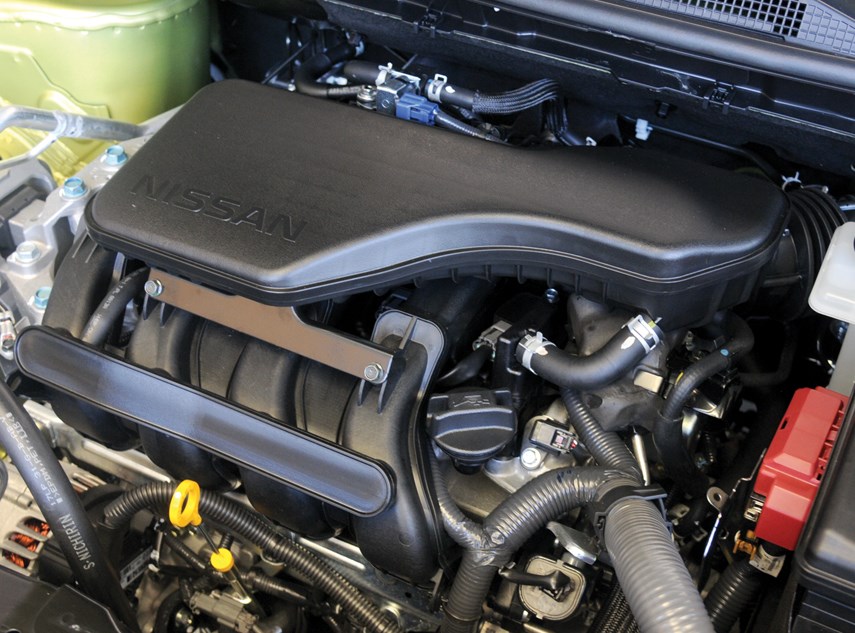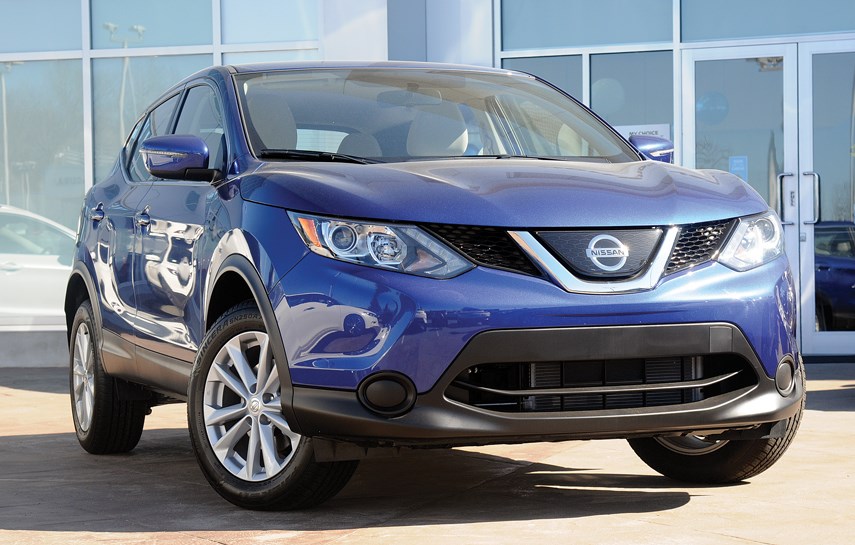Originally designed for European and Asian markets and still produced in Nissan’s U.K. plant, the Qashqai is a surprisingly capable compact SUV that outperforms others in this class when it comes to general performance and handling, including the Honda HR-V and Toyota C-HR.
In fact, despite being cheaper, the European-born Qashqai feels, drives, and acts more like a BMW X1 or Audi Q3 than its Japanese counterparts – making this vehicle the most attractive offering in the mid-level, affordable SUV market.
When the Nissan Qashqai was released in Canada, it quickly rose to a close second in SUV popularity behind the Nissan Rogue. The Qashqai name was thought to be not palatable enough for American consumers, and for that reason it was renamed as Rogue Sport in the United States. Regardless of the name, many are referring to this vehicle as the “bread-and-butter” for Nissan due to its immense popularity. The Qashqai is a vehicle directed towards millennials and this is evident in the edgy styling, competitive pricing and technology features.
Design and Features

The 2019 Nissan Qashqai’s youthful styling is evident in the colourful splash of paint options such as the vibrant Nitro Lime or bright Monarch Orange. Nissan’s iconic boomerang-inspired lights add stylish flair and brand awareness to the already sporty exterior design.
The Qashqai’s overall design is a welcome change to the generic designs that can be seen with most compact SUVs, though I admit that Toyota’s C-HR is a good attempt at being unique.
The interior is roomy and obviously designed for adult passengers with generous head and legroom. Common to Japanese design, details that appear “handcrafted” have been placed throughout the interior such as stitching on the seats and doors. The seats are comfortable albeit a bit firm. Cargo space is an ample 1,730 litres when the second row is folded flat. Also featured is a Divide-N-Hide system to free up room where needed, as well as a cargo area cover and six luggage hooks.
New updates to technology this year for the Qashqai make the driver experience more enjoyable. There is also a new processor that runs the infotainment system and it is magnitudes more powerful than last year’s model. This makes the infotainment system quick to react, and the touch-screen is also more responsive as well.
New for 2019 is the ProPilot lane-centering feature as well as the intelligent cruise control system. This is an effort by Nissan to bring semi-autonomous driving technologies into more of their models. The ProPilot Assist system will control the acceleration, braking and keeping the vehicle in the centre of the lane in heavy traffic. Regardless of this incredible technology, Nissan makes it clear that the driver should always remain alert and prepared to resume control. In Canada, this technology will also be extended to the Rogue, the Altima, and the Leaf. By 2022, Nissan has a goal to incorporate ProPilot Assist technology into 20 vehicle models worldwide.
Performance
The engine is the same for all trim levels: a 2.0-litre DOHC 16-valve four-cylinder engine that produces 141 horsepower and 147 foot-pounds of torque. The fuel efficiency is stated as 10.1/8.1 litres/100 kilometres in the city and on the highway with front-wheel drive.

If you opt for it, Nissan’s intelligent all-wheel drive system can adapt to changes in outdoor conditions 30 times faster than the blink of an eye. The system controls the power allocation to both front and rear wheels to improve grip in inclement weather. Xtronic CVT (continuously variable transmission) is also another optional add-on.
There are three trim levels available for the Qashqai: S, SV and SL. Unfortunately the base trim does not include any of the active or passive driver assist systems. If you opt for the SV trim, you can add the ProPilot Assist and it will also come with automatic climate control and keyless access. Finally if you go for the slightly more luxurious SL trim, the Qashqai comes with ProPilot Assist, embedded navigation, heated leather front seats and a remote start option.
Regardless of the model, the Qashqai is very European – dare I say even BMW/Audi-ish – when it comes to handling, cornering, braking, and road feel. Its European heritage obviously had an impact here, but I will go as far to say that no other Japanese or Korean vehicles come close to Qashqai when it comes to fun-to-drive quotient. In comparison, the Honda HR-V, Toyota C-HR, and Hyundai Tucson or even the new Kona feel much more bland in terms of the driving character. I would say only the Mazda CX-3 comes closer as it offers sportier handling, but the CX-3 falls short of the Qashqai in refinement and space.
Summary
The Qashqai starts from $19,998 MSRP for the S trim level and moves up to $31,198 for the SL. The Qashqai is a perfect balance of youthful style and versatility, making it a very popular option for buyers. There are so many competitors in this segment, such as the Mazda CX-3, the Toyota C-HR, the Honda HR-V, and Hyundai Tucson, but the Qashqai is the best in terms of performance. The Qashqai continues to thrive amidst competitors and looks as though it will continue to perform well among many compact SUVs.
editor@automotivepress.com



